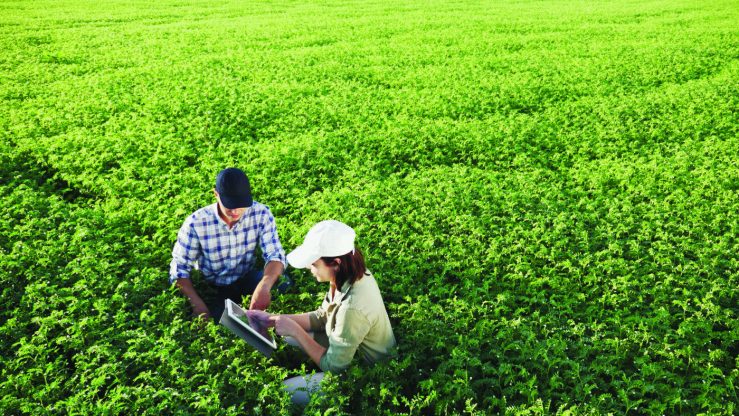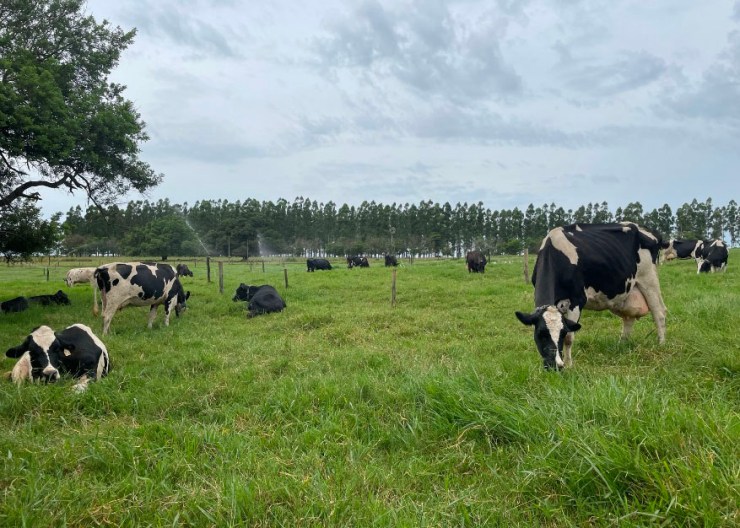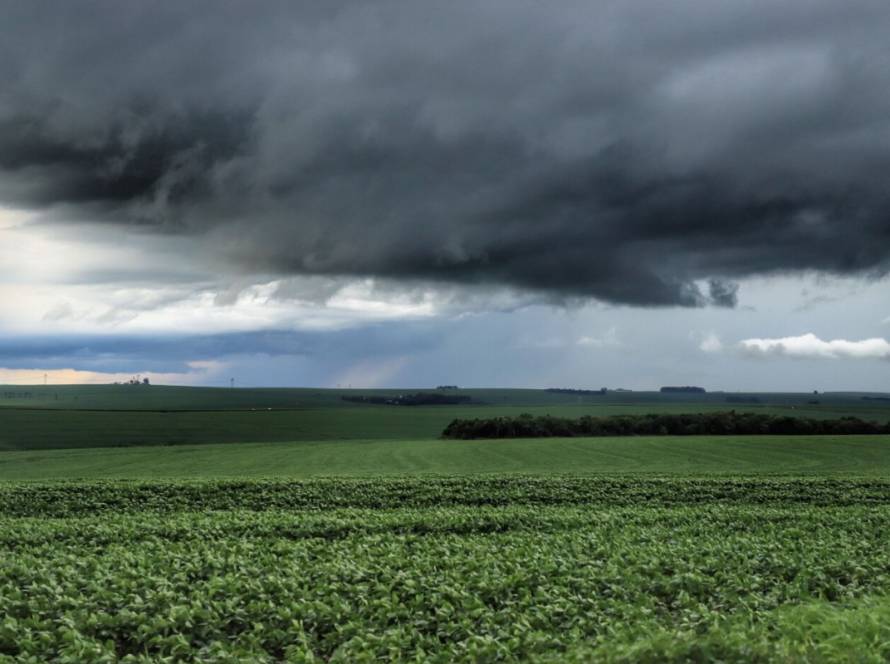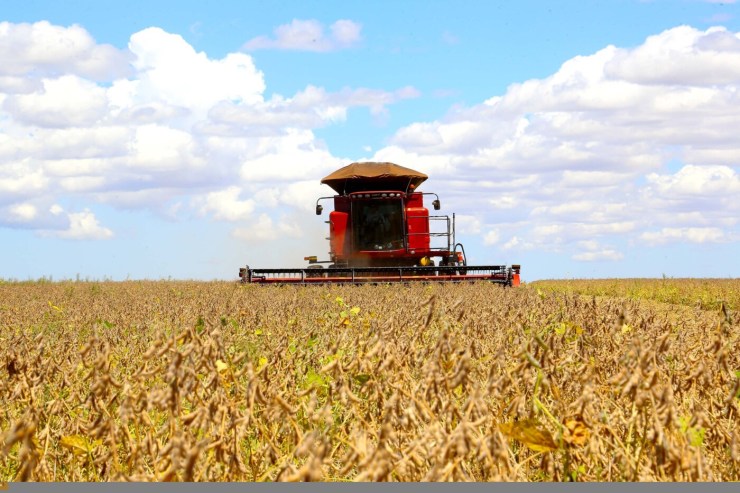The National Supply Company (Conab) released, this week, the April edition of the Agricultural Monitoring Bulletin (BMA), with partial data and information for this month on the climate in the fields.

Photo: Nilton Pires
In the first three weeks of this month, the highest rainfall volumes occurred in the North region, favoring first and second crop crops. In the Northeast, there was water restriction in some areas, mainly in the Semiarid region. In the Central-West and Southeast regions, rainfall was sufficient to maintain soil moisture, except in parts of São Paulo and Minas Gerais, where the lack of rain impacted the development of second crop corn. In the South region, despite the irregular rainfall, temperatures were milder and reduced soil moisture loss.
Spectral data indicate favorable conditions for the development of second-crop corn in the main producing states. Currently, the vegetation index (VI) of the current crop is above the average and that of the previous crop in almost all states. However, there was a slowdown in the growth of the VI in Mato Grosso do Sul, Minas Gerais and Paraná, due to irregular rainfall. In Rio Grande do Sul, the index has evolved below the previous crop and the historical average since January, mainly due to the impact of adverse weather conditions on the development of soybeans.

Photo: Gilson de Abreu
The study also shows that the rice harvest is advanced in the main states. In Rio Grande do Sul, crop productivity is considered good, although grain quality is heterogeneous. In Santa Catarina, climate conditions were favorable throughout the cycle and grain quality and productivity have been satisfactory. In Tocantins, the harvest has already reached more than 60% in producing areas. Crops grown in floodplains, following soybeans, are in good health.
The BMA is a monthly publication, the result of a collaboration between Conab, the National Institute of Meteorology (Inmet) and the Global Agriculture Monitoring Group (Glam). The work also relies on the collaboration of agents who contribute data researched in the field.
The full version of the Bulletin is available for consultation on the official Conab website. Click here to access.





